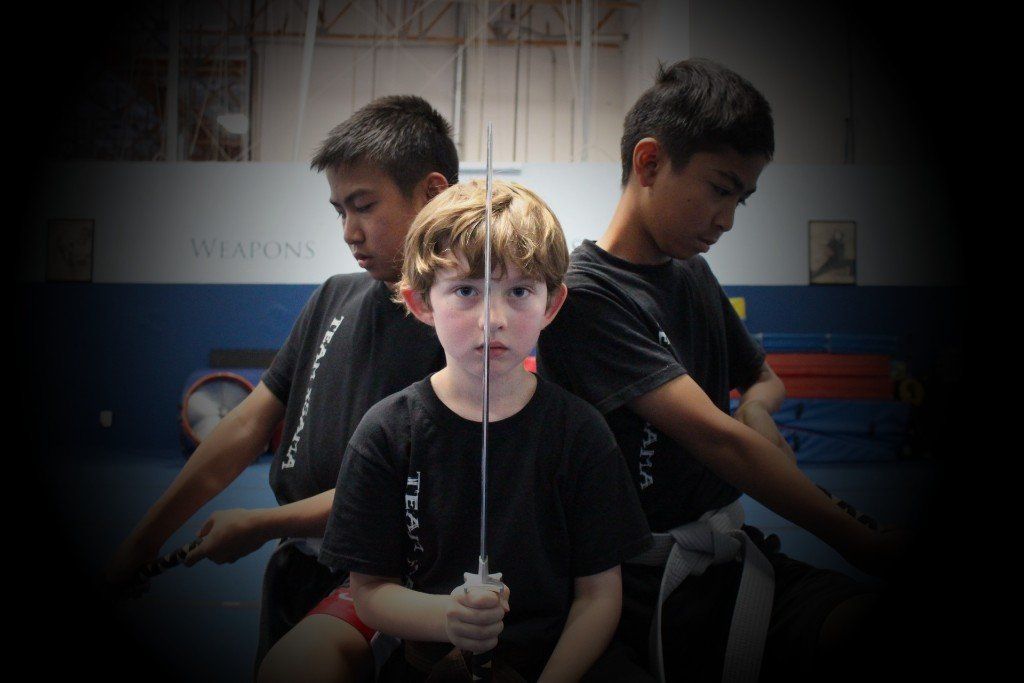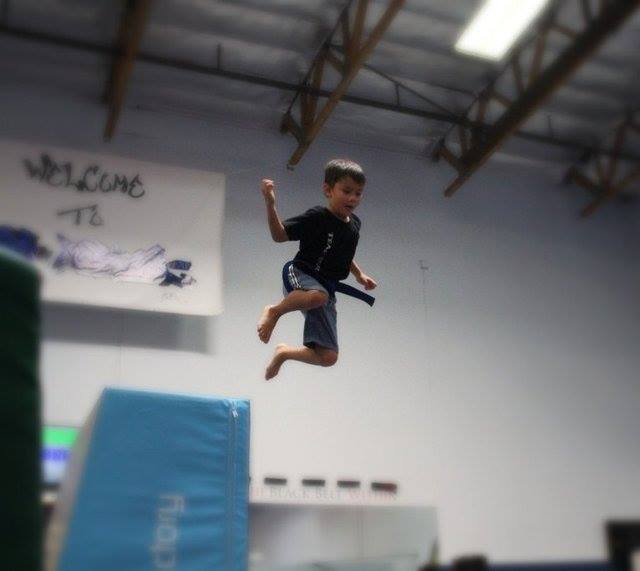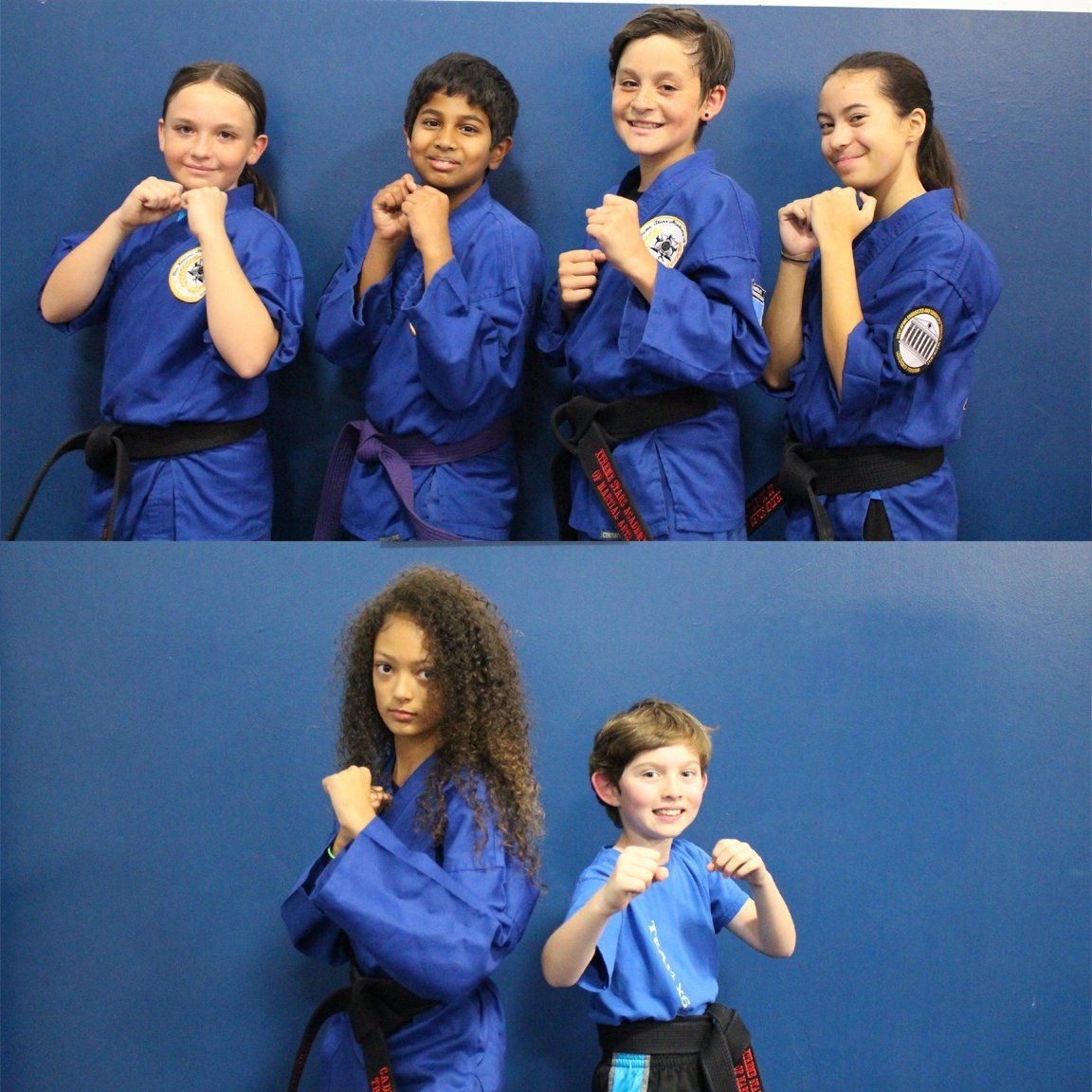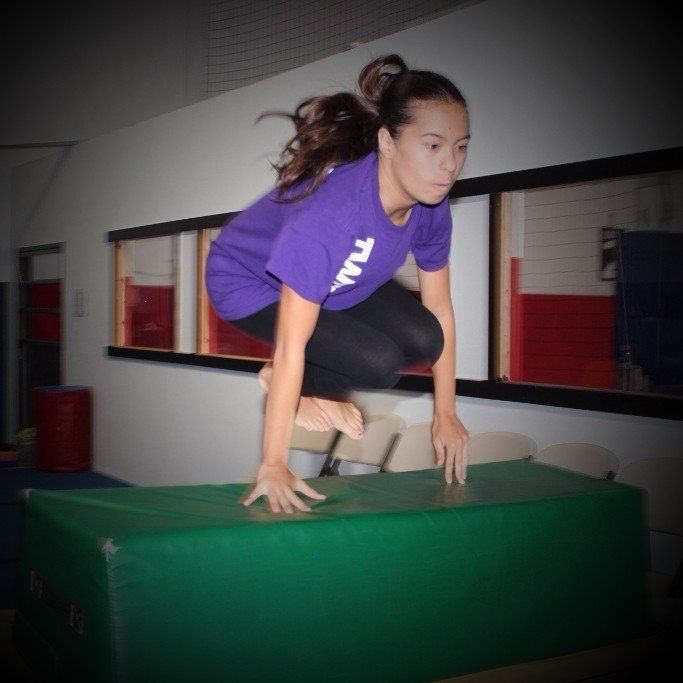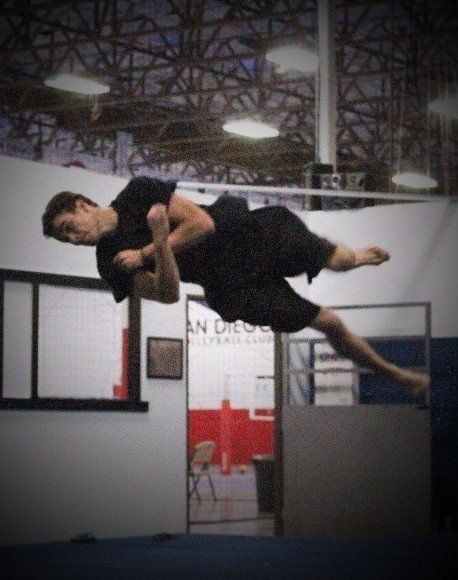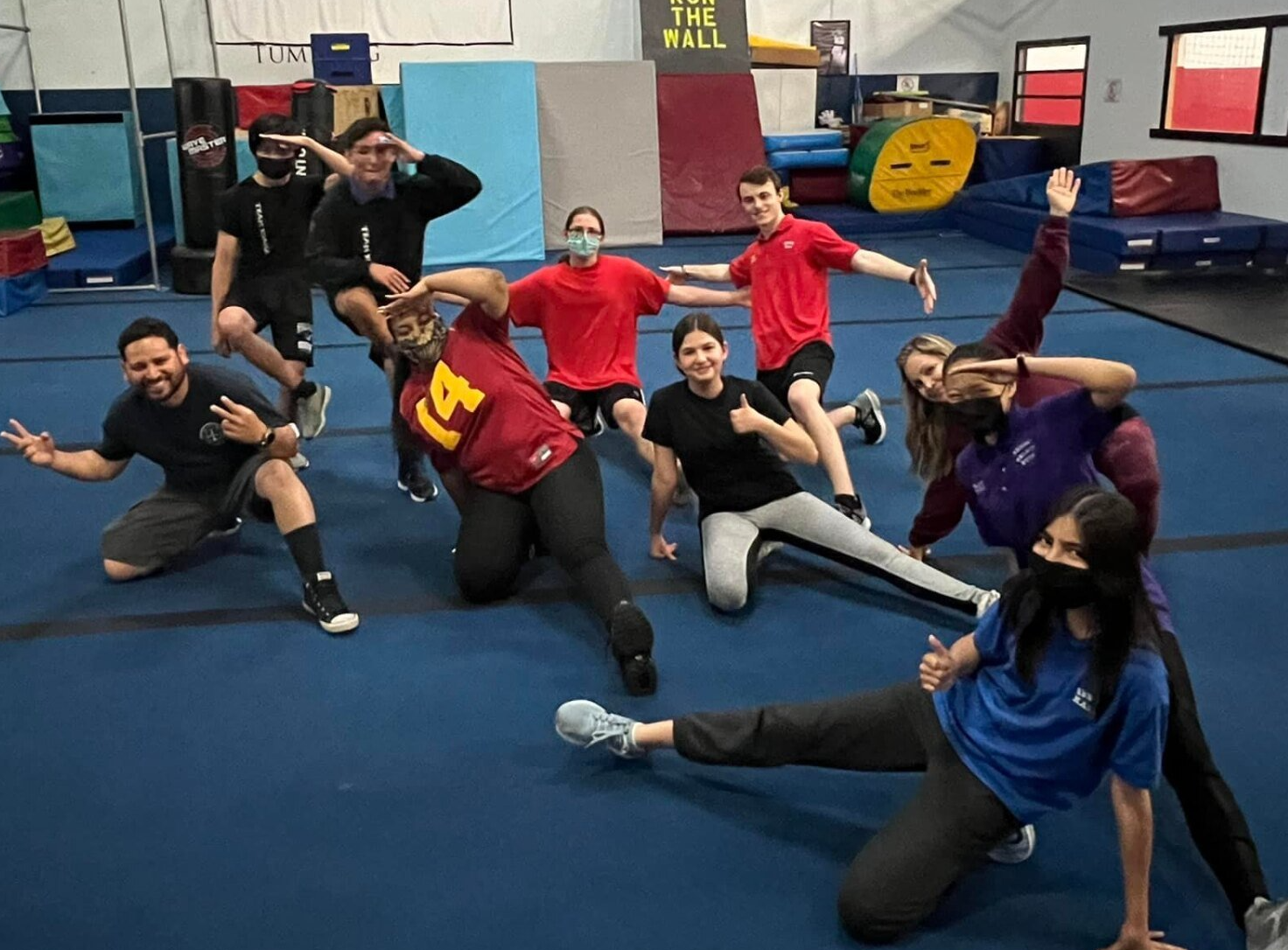Classes
Taekwondo
Shadow Moogi'sAges 4 and 5
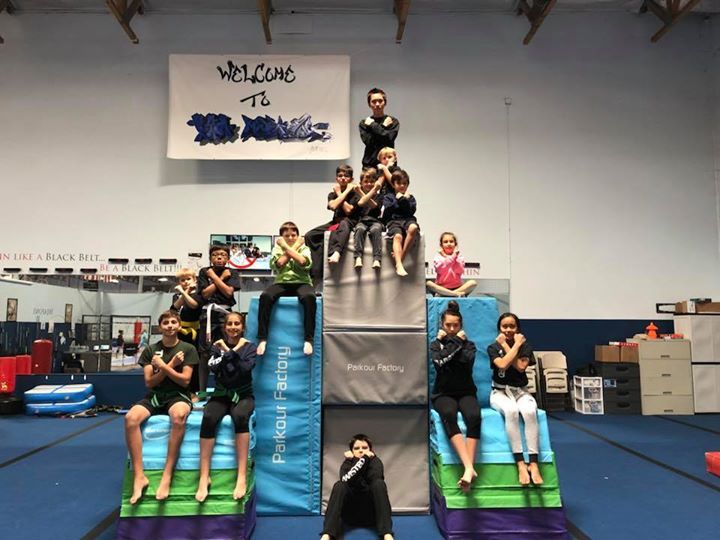
Dragon Squad and GTMA AthletesAges 6 and older
Leadership andCharacter Development
- Resilience and empowering attitude towards failure
- The understanding of Failure = Success
- Powerful, creative, unique and eager to take on tasks they previously perceived as difficult or even impossible
- Increased time management skills and better ability to function under time pressure.
- Self-motivation and eagerness to take on new and harder tasks
- Public speaking skills and the confidence to speak in front of large audiences.
- How to be a team leader and the importance of being part of a team.
- The ability to set goals and the process and steps it take to reach those goals
- Being a positive influence for those around them
- The techniques to combat Bullying and recognize the actions need to stop others from being Bullied.
Parkour
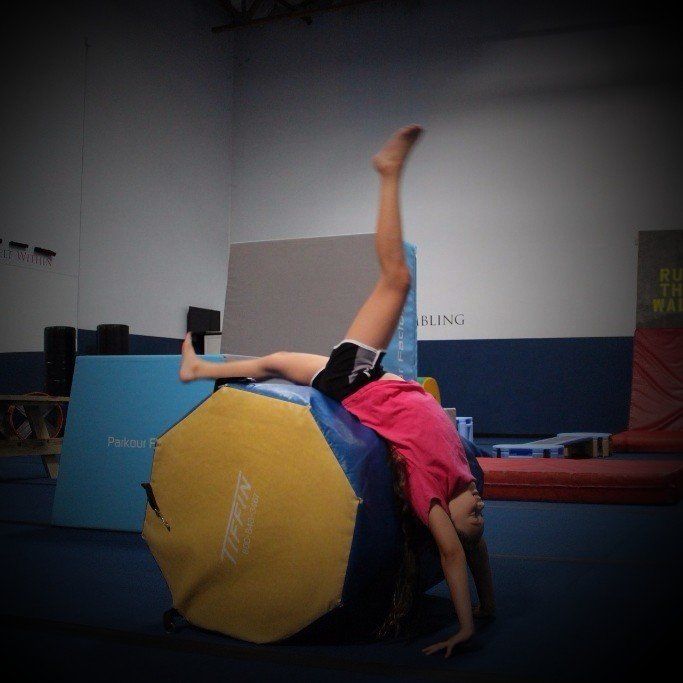
Gymnastics Tumbling
Martial Arts Tricking
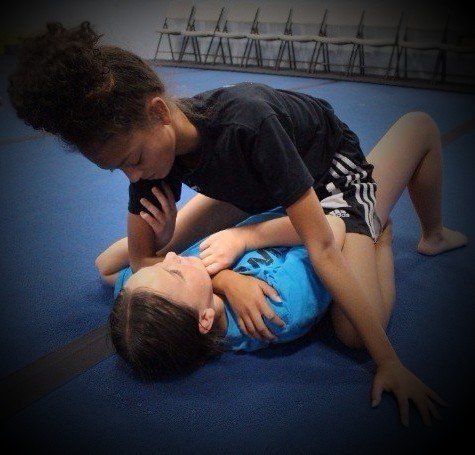
Hip Hop Dance
What is Hip Hop Dance?
Hip hop dance is a style of street dance form that evolved from hip hop culture and hip hop music. It borrows elements from a number of different styles like African dance, tap, and ballet. Hip hop dance began as a freestyle dance performed in the streets by dance crews, mostly to hip hop music. Today, hip hop dance may involve choreography, along with various points of improvisation, especially during dance battles or freestyle competitions. Some classic hip hop dance moves include the running man, the humpty dance, and the cabbage patch, and techniques often involve body isolations and other unique movements, like popping, locking, and krumping.
4 Characteristics of Hip Hop Dance
Hip hop dance is a recognizable style with a few defining characteristics, which include:
1. High energy: Hip hop music provides a heavy beat for quick-paced movements requiring high endurance and stamina.
2. Complex footwork: Hip hop dance puts emphasis on the footwork, pulling off special moves that often look effortless. Choreographers will often push the boundaries of their routines, finding new and innovative ways to create pictures with their body.
3. Versatility: Hip hop dance can be performed at a venue with friends or alone in a studio. It contains a diverse range of movements that can be fitting for any age or level of experience.
4. Attitude: Hip hop dance reflects the attitude of the music that is being danced to, which is often full of confidence, boldness, and irreverence.
5 Hip Hop Dance Styles
Hip hop dance contains a variety of elements borrowed from other dance genres. As such, there are different styles of hip hop dance that exist:
1. Freestyle: Freestyle hip hop dancers improvise their movements in the moment, using their skills and techniques to create a flow of dance that requires little to no choreography. Experienced freestylers already have an idea of certain movements that work well together, which can make it easier to spontaneously create fluid movements.
2. Krumping: This African American form of dance is driven by pure emotion and force. Krumping is defined by energetic and powerful movements like chest bumping, often expressing strong feelings in a lyrical way.
3. Popping: This dance style is marked by a quick contraction of muscles to create a jerking effect in the dancer’s body. Nearly every part of the body can be popped, which can create a surreal and robotic effect.
4. Locking: In this style of hip hop dance, the dancer quickly and frequently moves their body and freezes it in place. It is similar to popping, but holding positions longer than with popping.
5. Breakdancing: Breakdancing is very closely associated with hip hop, though it’s often seen as its own distinct style of dance. This acrobatic style popularized by B-boys and B-girls is marked by complicated floor-work, often involving spinning and contorting.
* Information provided from Masterclass.com


